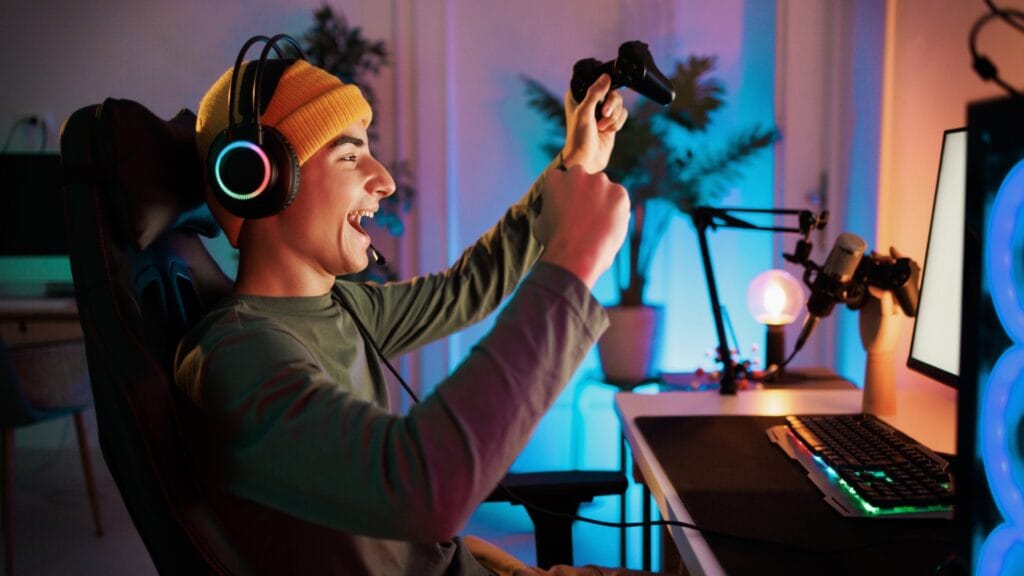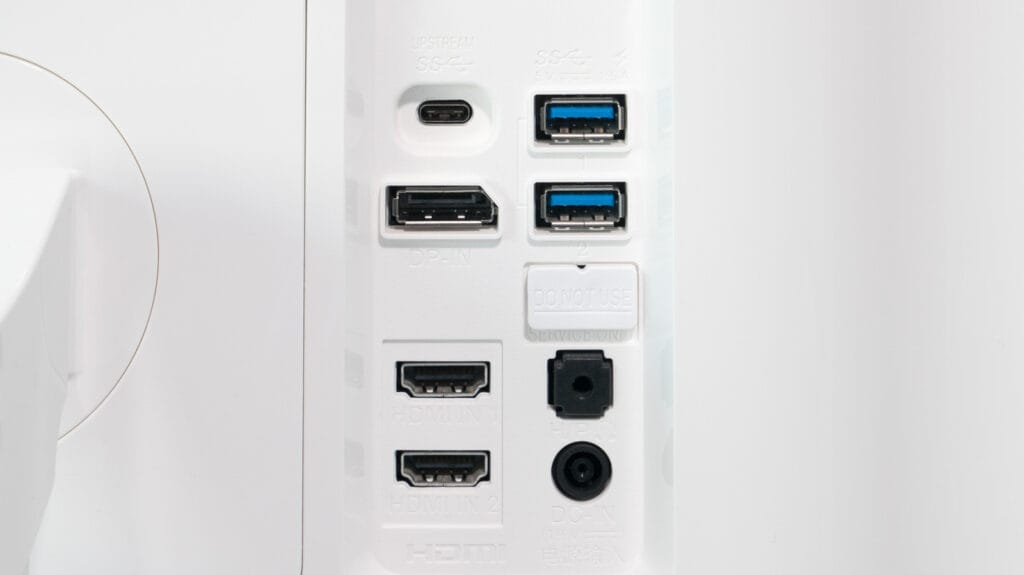The AMD Radeon RX 7800 has popped up in a new benchmark online, and if it’s legit, there are going to be a lot of disappointed gamers out there.
The new 3DMark Timespy benchmark comes via All The Watts on Twitter, showing the RX 7800 scoring an impressive 18,197, which is higher than the 17,778 I got in my Nvidia GeForce RTX 4070 review, so the RX 7800 looks like it’s off to a great start.
However, as our friends over at PC Gamer note, this puts the RX 7800 only about 17% better than the RX 6800 (using gpu-monkey’s average), while putting it roughly around the performance of Nvidia’s GeForce RTX 3080. While not awful, it’s not great either.
At this tier, getting less than 20% better performance gen-on-gen is not going to move the needle when you can just go for the AMD Radeon RX 6800 XT. That card outperforms the RX 7800 based on these scores, and will likely be selling for cheaper as we get closer to the purported August announcement/September launch of these cards.
How well AMD prices the RX 7800 will also have a huge impact on how the card is received, with rumors pointing to roughly the same price point at launch as the RX 6800 ($579, about £465/AU$870). If it launches at this price, it will still be cheaper than the RTX 4070, which currently tops our best graphics card list, while providing better rasterization performance. If AMD can price the card even more aggressively, then the just-OK performance improvement might be more tolerable for gamers who are actually looking to buy this card, rather than just fight about it online.
It’s just a single benchmark though, so how much we can read into this is debatable. But it’s also really all we’ve gotten so far on the missing GPUs in AMD’s RDNA 3 stack, so it’s definitely something we’ll need to keep an eye on going forward.
E tu, AMD?
I made the case recently that the Nvidia GeForce RTX 4060 was getting a raw deal from reviewers, especially considering the card’s roughly 21% gen-on-gen improvement. How can I now give the RX 7800 side-eye when it’s doing roughly the same in this new benchmark?
Well, when you’re talking about a more midrange-to-budget GPU like the RX 7600, it makes sense that to keep costs down, you’re going to more aggressively cut back on the GPU die to save money. However, at the RX 7800 tier, which is the very high-end of the midrange market and pushing into the lower-premium tier, the pressure to design the GPU for cost rather than performance is flipped.
At these tiers, gamers are going to be less price-conscious and more performance-focused, so you really need to get performance improvement gen-on-gen above 25%, if not 30% and greater, to really make the case for this card over the available stock of previous-gen AMD graphics cards.
A 17% improvement in Time Spy simply doesn’t cut it, especially when Time Spy is a rasterization-heavy workload, so AMD already performs very well in these tests relative to Nvidia. If AMD is only getting a 17% improvement in what is arguably its most favorable test, then Team Red really needs to figure out what the issue is here and remedy it ASAP, especially if it wants gamers to opt for this card over the competition.




